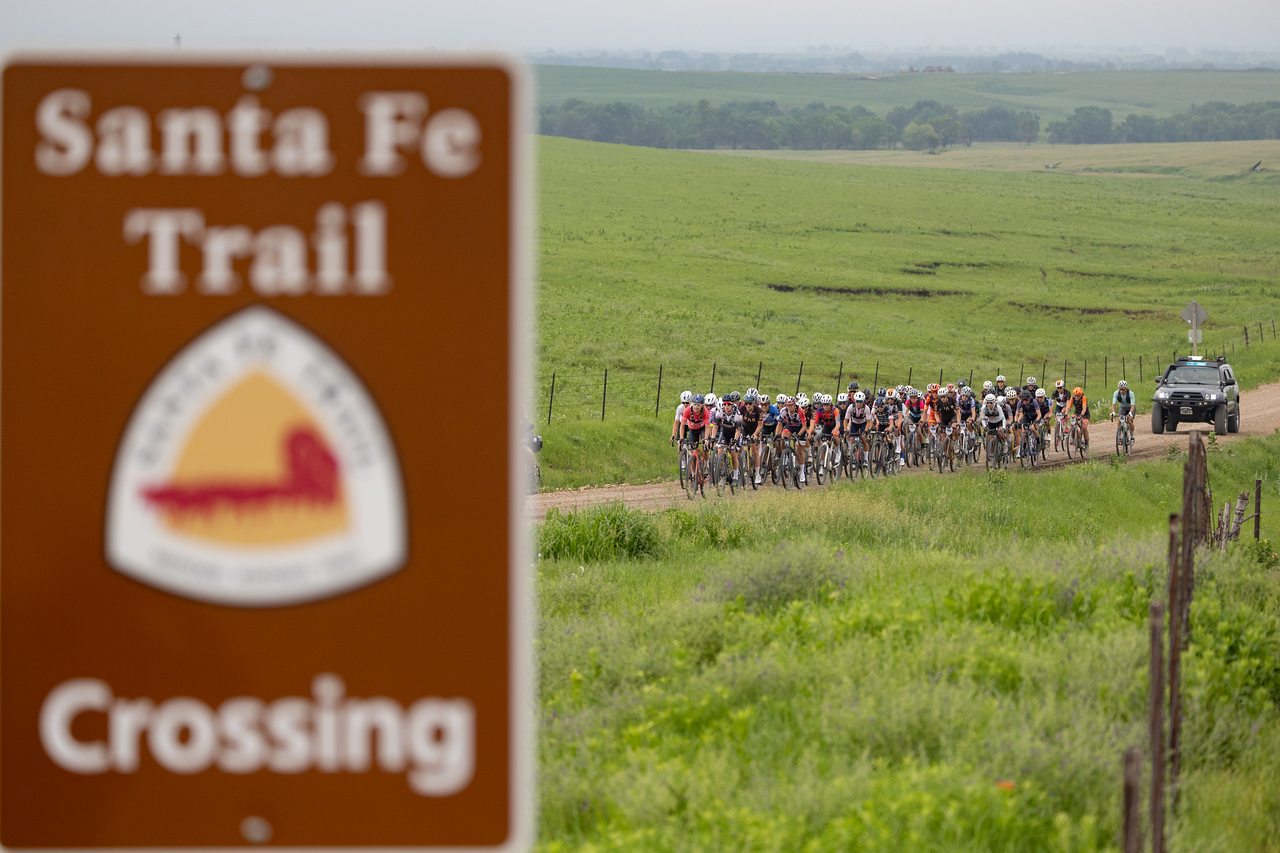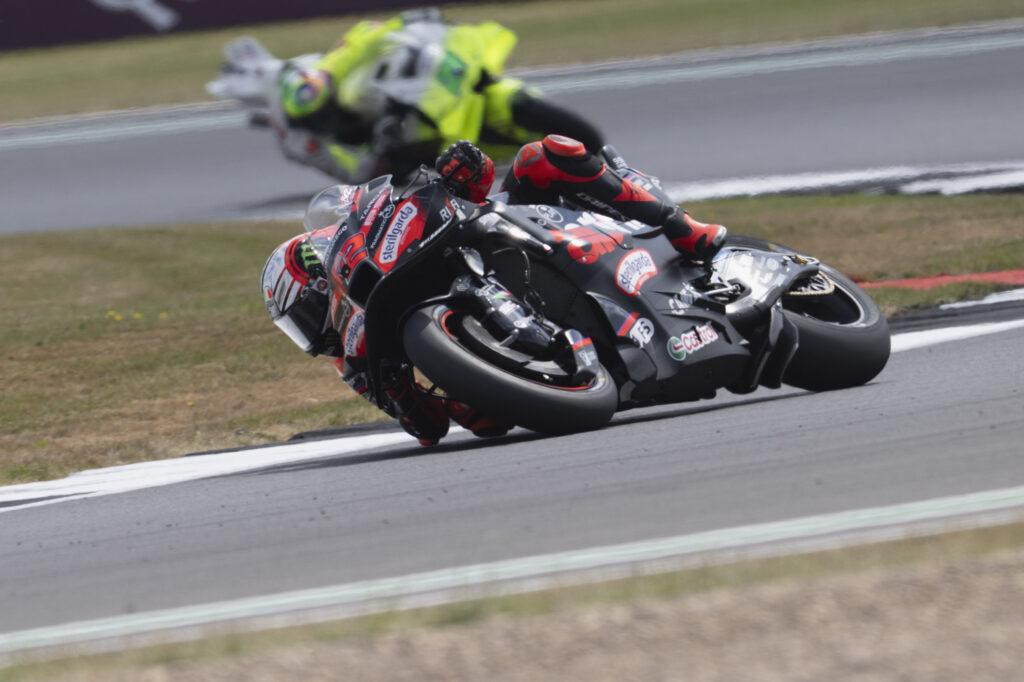Johnny Wunder
;)
Phil Mickelson has a new top of the bag strategy that could really help you if your paying attention.
Getty Images
Like Bryson DeChambeau, Phil Mickelson approaches his equipment in a cerebral way.
Over the years, his choices heading into majors have been headline-making: the 64-degree wedge he employed at Winged Foot in the 2006 U.S. Open; the two-driver system he rolled out at Augusta that same year (he won); the extra-long driver and mini-driver set up he used to capture the 2021 PGA Championship at Kiawah.
Mickelson thinks things through in detail, and he’ll do whatever it takes to gain an edge.
From what I see this year, heading into the U.S. Open at Oakmont, his thoughts are once more focused on the top of the bag. This is always the trickiest part of the bag to get right because of the distances those long clubs cover. If we do the math for Phil, there’s close to an 80-yard gap between 4-iron and driver. For context, 80 yards through the irons (assuming the standard 12-yard gap) would be six clubs. At the top of the bag, that coverage comes from three or four clubs, max.
This week at LIV Virginia/DC, Mickelson rolled up to the first tee with an eclectic bouquet of head covers. Beneath them were a driver, 3-wood, and two 5-woods.
Mickelson has made it plain on his YouTube channel that as he ages into his 50s, hitting bombs is no longer a top priority. If he’s going to compete with the big hitters, he’ll need to outthink them. That starts with a deep look at his bag.
Here’s the thinking behind his set up:
Ping G440 LST 7.5 w/ Graphite Design VF 6X: Ping’s G440 platform is as stable as anything in the industry. It allows Mickelson to play a forgiving head at a lower loft so he can get it out there when he needs to. Ultimately, though, he’s leaning on forgiveness and spin retention for accuracy. 275 to 300-yard gapping.

PING G440 LST Custom Driver
The G440 driver family (MAX, LST, SFT) is optimized to deliver more ball speed through multiple advancements, including PING’s deepest CG in a driver to date and a shallower, thinner face, while continuing to ensure the game-changing forgiveness expected from a PING driver. The G440 LST (Low Spin) design appeals to players with faster swing speeds, providing lower spin and more control in 9° and 10.5° lofts with the three-position back weight.
HIGHLY FORGIVING
Lighter head weight allows for heavier back weight.
FASTER FACE
Shallow, thinner, face increases ball speed for more distance, higher launch.
SOUND DESIGN
New shaping, carbon crown and internal ribs produce muted impact experience.
FREE-HOSEL DESIGN
Saves weight to lower CG, increase forgiveness. Allows for more heel-side face flexing for consistent ball speed across face.
View Product
;)
Getty Images
Ping G430 Max 15@13.25 (43) w/ Graphite Design VF 7X: Here, Mickelson is opting for maximum launch, spin and forgiveness. The 430 Max has a high MOI head that gets up into its launch window quickly and affords a ton of forgiveness with its back weighting. 255 to 270-yard gapping.
Ping G430 Max 18@16.25 (42.25) w/ Graphite Design VF 8X: This operates as a 4-wood, complementing the low-lofted driver and strong 3-wood. This club most likely covers the 240 to 255-yard range.
Ping G430 Max 18 (41.5 EOG) w/ Graphite Design VF 8X: Phil looks at this as he would a 7-wood or a 3/4 iron combo that he can hit high with spin with a wide yardage gap. I see this club covering the 220 to 240-yard range.

Ping G430 Max Custom Fairway Wood
Sizing up your approach into a long par 4, going for the par-5 in two, you want 100% confidence that your fairway wood will give you the solid contact, speed and higher ball flight to get you home. In the G430 fairways, we’ve developed Carbonfly Wrap to deliver more distance by positioning the CG closer to the force line to maximize ball speed, resulting in higher, longer carries. The PING G430 MAX Fairway Wood fits the widest range of golfers with four options (3W/15°, 5W/18°, 7W/21°, 9W/24°).
CARBONFLY WRAP
The lightweight composite crown wraps into the heel and toe sections of the skirt, creating weight savings of 10 grams which are reallocated to achieve the lower the CG and increase ball speed. The composite also plays a role in the pleasing sound.
FACE WRAP TECHNOLOGY
FaceWrap Technology, a variable-thickness, high-strength maraging steel face wraps into the sole and crown of the stainless steel head, generating more flexing for faster ball speed and higher launch for greater distance.
SPINSISTENCY
The variable roll radius of Spinsistency improves performance across the face (especially on thin shots) by reducing spin to increase ball speed from the maraging steel face.
TUNGSTEN BACK WEIGHT
A tungsten back weight extends the perimeter weighting to ensure maximum forgiveness.
TRAJECTORY TUNING 2.0
Trajectory Tuning 2.0 provides eight hosel positions, adjusting for loft (+/- .5°) and lie (up to 3° flatter than std).
View Product
From there, Mickelson’s set up moves to a hot Rogue ST Pro 5-iron, bent to around 23 degrees of loft. Phil can fly this club some 215 yards, a distance that blends nicely into his Callaway XF 6-iron, bent to around 27 degrees.
It might seem strange to see Phil opting for 4-woods instead of a long-hitter’s set up. But his shift is part of a broader ego-less trend that has elite golfers looking at the top of the bag in a more economical way. From the standpoint of strokes-gained, it makes sense. The top of the bag is where many strokes are sacrificed as the cost of power is often precision. Fred Couples understands this. It’s why he has 4 hybrids in his bag. Tommy Fleetwood gets it, too. His set up is similar to Philes: driver, mini-driver, 5-wood, 9-wood.
Point is, even the best players in the world are punting on long irons in favor of more user-friendly clubs. Golf technology has evolved to the point where there’s no need to be a hero by trying to make 4-iron or 5-iron “work”. In my own bag, I go driver, mini-driver, 5-wood, 4-hybrid, and I have a 5-hybrid coming. I’m not short by any stretch (160-165 mph with a driver) but I know I lose shots with my longer clubs. My strategy now is making sure every club in my bag helps me make par. If I card a birdie, great. It’s bogey or worse that I’m trying to avoid.
Where did I learn that? On the Tour trucks, listening to players strategize with coaches and tour reps.
Golf is chess, not checkers. The smartest player wins.
Five years ago, the thinking was different. These days, though, we can look to Tour pros for smart bag set ups. If the best players in the world are looking for help, the rest of us should, too.
;)
Johnny Wunder
Golf.com Editor
Johnny currently serves as the Director of Equipment at Golf.com, contributing to platforms like Fully Equipped Golf. Prior to this role, he was the Content Marketing Manager at Callaway Golf, where he led “Callaway Golf’s World of Wunder,” a platform dedicated to in-depth golf equipment content. Before joining Callaway, he was the Director of Original Content and host of “The Gear Dive” podcast at GolfWRX.com. Beyond his professional endeavors, Johnny is an avid golfer with a deep passion for the game, having played since his youth in Seattle, Washington.












